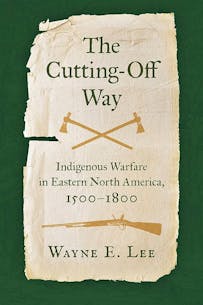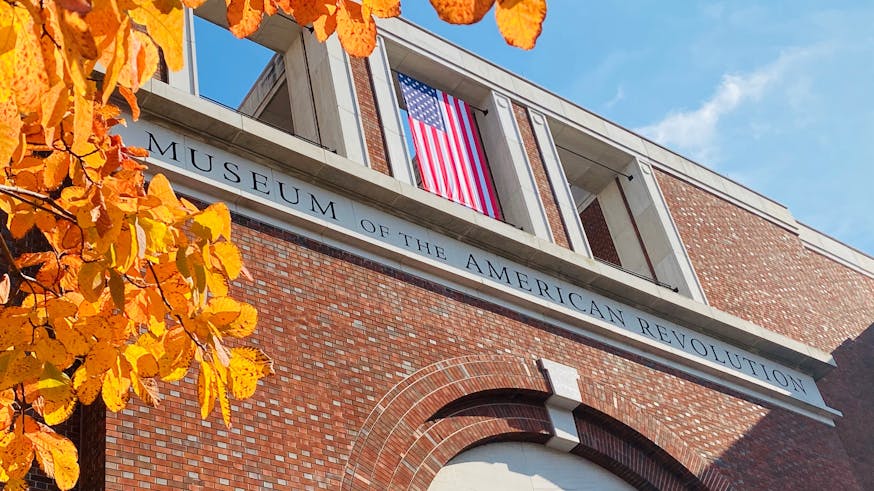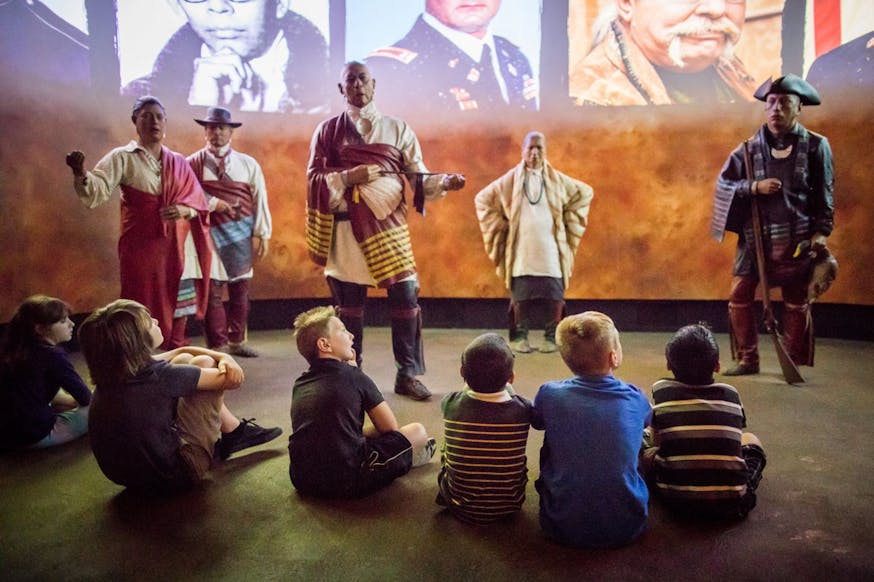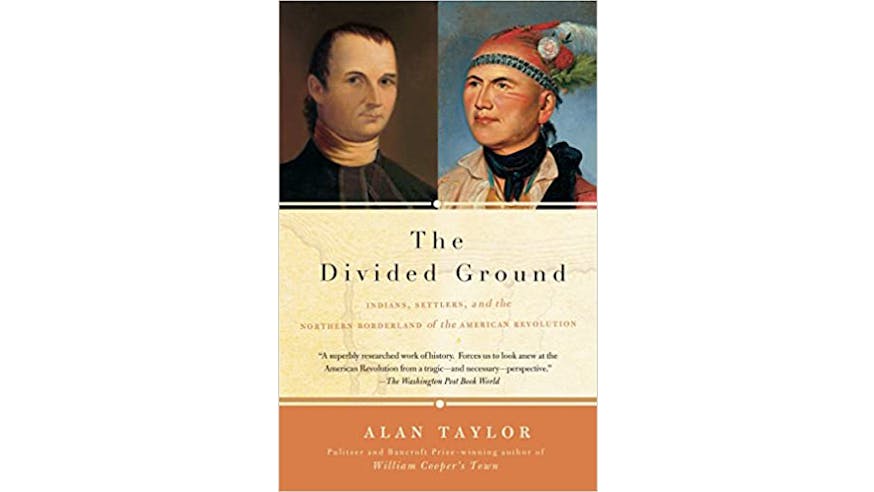Read the Revolution
The Cutting-Off Way
September 27, 2023
Purchase the book from University of North Carolina Press.
What did the experience of early American warfare look like from a Native American perspective? Before contact with European people, Native Americans formulated their own modes of warfare, which were defined by their societies and cultural understandings of violence. Dr. Wayne Lee’s new book, The Cutting-Off Way: Indigenous Warfare in Eastern North America, 1500-1800, establishes the societal norms of warfare among the peoples of the Eastern Woodlands over a 300-year period.
The arrival of European settlers to North America drastically changed the world in which Native Americans operated. However, even as new technologies such as firearms became a part of life, the way in which many indigenous peoples conducted warfare remained unchanged. Euro-Americans and some later scholars dismissed Indian tactics as merely "skulking": lurking in the woods, staging brief raids, and ambushing white settlers and soldiers. Lee has taken a new approach to examine how such effective tactics were developed by Native Americans who created a way of war that adapted to new environmental and military challenges. Instead of viewing them solely as defending their traditional lands as many previous historians have argued, Lee notes the often-offensive mindset of many Eastern Woodlands cultures, while also exploring their motivation to fight and the level of violence accepted as part of their societies. Lee’s examination of Native Americans’ understanding of the goals of warfare as well as the logistics needed to conduct a campaign drastically changes our understanding of how and why Native peoples fought. By exploring Native American practices of war in the centuries after the first European contact from the indigenous point of view, Lee has brought out a view of colonial warfare often described through white eyes.
Read a short excerpt about the expensive, but necessary, costs the British Army incurred for enlisting Iroquois help at Fort Niagara in 1779.
Excerpt
Native Americans contributed materially to the British war effort, but their help proved expensive. Indian Agent John Stuart argued that despite high costs “we have not been able to do it without them,” and indeed the numbers could be impressive: in the first ten months of 1781 some seventy-five war parties totaling almost 3,000 warriors set out from Fort Niagara. But the situation at Niagara illustrates the difficulties of balancing costs and effectiveness. After the rebels' 1779 campaign into Iroquois country, Niagara became a refugee center with approximately 5,000 Indians camped in the area all demanding provisions. Costs for maintaining the women, children, and some warriors ballooned to £100,000 in 1781. Bruce Wilson calculates that the cost of "provisioning the Indians at the three major upper forts, Niagara, Detroit and Michilimackinac, reportedly exceeded the cost of the whole military establishment in Canada exclusive of provisions.” In contrast, during the French and Indian War Lord Loudoun's staff calculated that a regiment of 1,000 colonial rangers cost £42,400 in its first year of operations, slightly less thereafter, a cost considered exorbitant at the time. British General John Burgoyne claimed, with some exaggeration, that 1,000 Indian warriors cost more than 20,000 regulars. Thus, although the British had a potentially large pool of motivated Indian allies, they needed substantial resources to keep them, and frequently their dependents, on task. The Seminoles in Florida arrived in large numbers to assist the British, but lack of resources obliged British officials to turn them away. East Florida's governor, Patrick Tonyn, complained that he remained powerless without an ability to supply the Seminoles, leaving him "invested with the mere shadow of authority.”
Lee, Wayne E. The Cutting-Off Way: Indigenous Warfare in Eastern North America, 1500-1800. (Chapel Hill, NC: UNC Press, 2023),177.
Tags
Learn More

Fall at the Museum

Meet the Figures: Oneida Nation Theater

